China and the Philippines to Ease Tensions in the South China Sea
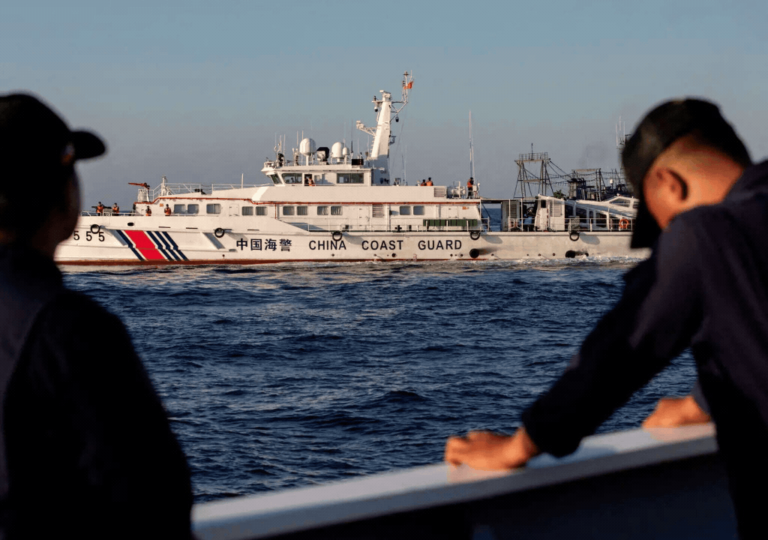
China seeks to de-escalate tensions with the Philippines over the South China Sea

China seeks to de-escalate tensions with the Philippines over the South China Sea
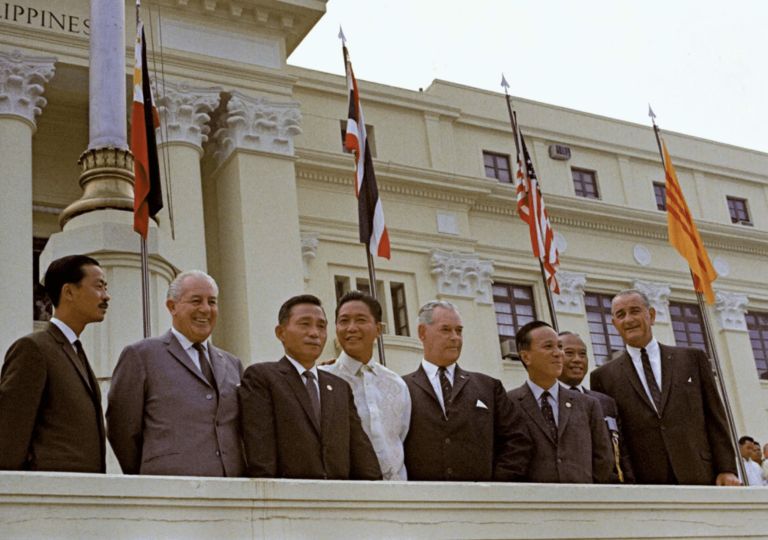
NATO's role in defending against communism and the Soviet Union, and the potential formation of a NATO-like military alliance in East Asia to counter China's influence
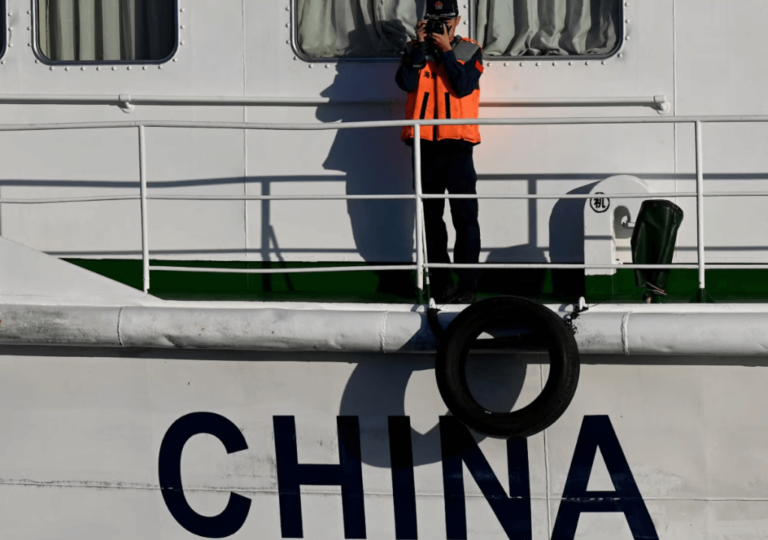
China's new trespass law in the South China Sea allows detention of foreigners for up to 60 days without trial, escalating tensions with neighboring countries like the Philippines, which has stepped up patrols in response.
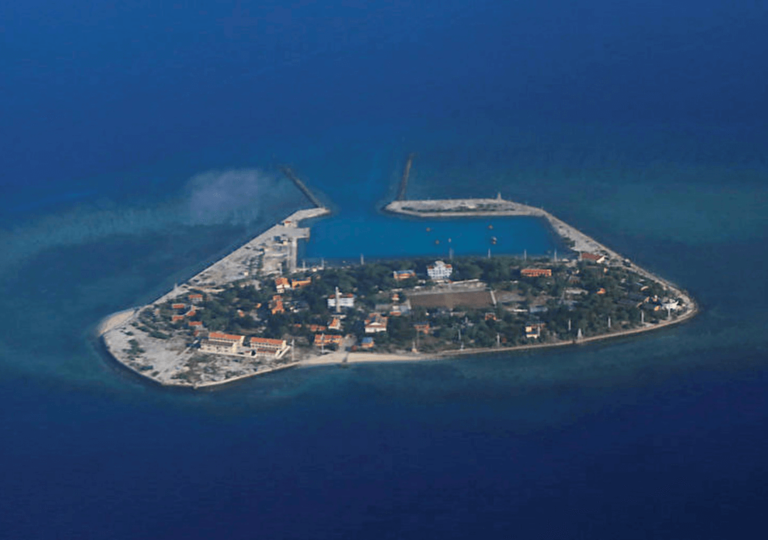
Escalating South China Sea disputes as nations reclaim land, with China, Vietnam, and Philippines actively building on islands, complicating regional tensions.
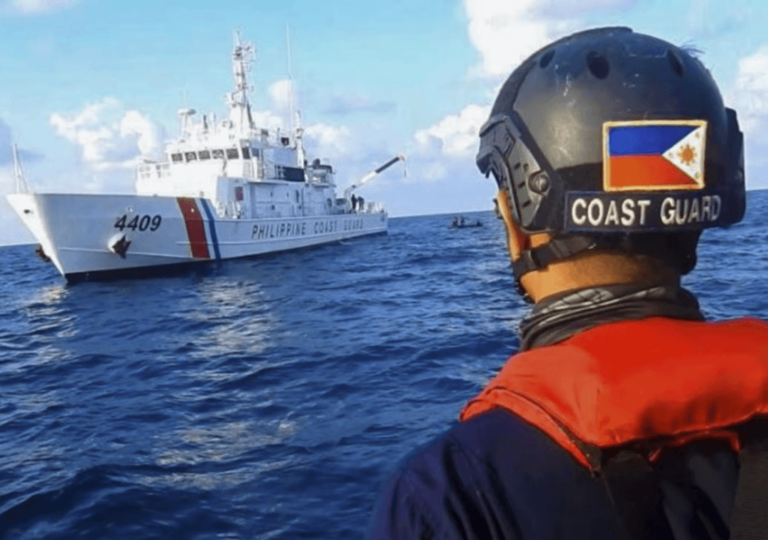
A new regional bloc, dubbed the "Squad," is forming between Australia, Japan, the Philippines, and the US to counter China's growing assertiveness in the South China Sea.
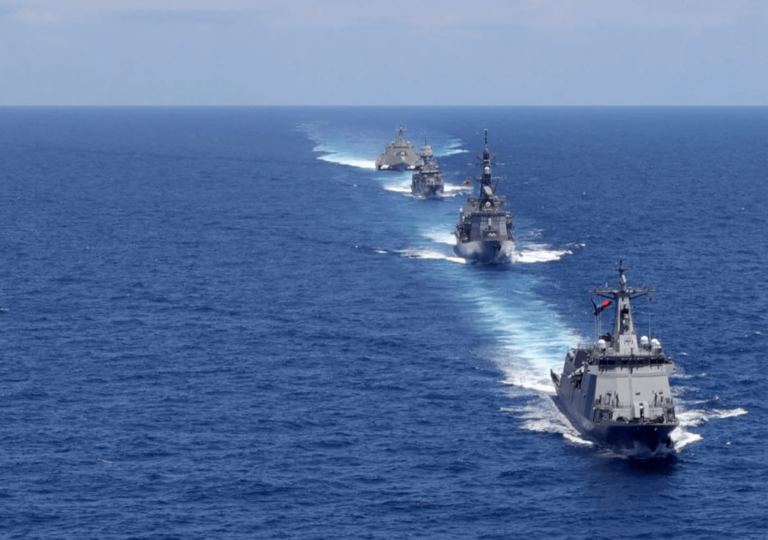
Amidst escalating tensions in the South China Sea, the Philippines and the US are conducting joint military exercises, set to provoke China and challenge its territorial claims.

Fluctuating foreign policies in nations like the Philippines reflect internal politics. Duterte's pro-China stance shifts under Marcos, favoring the US but hinting at future changes.
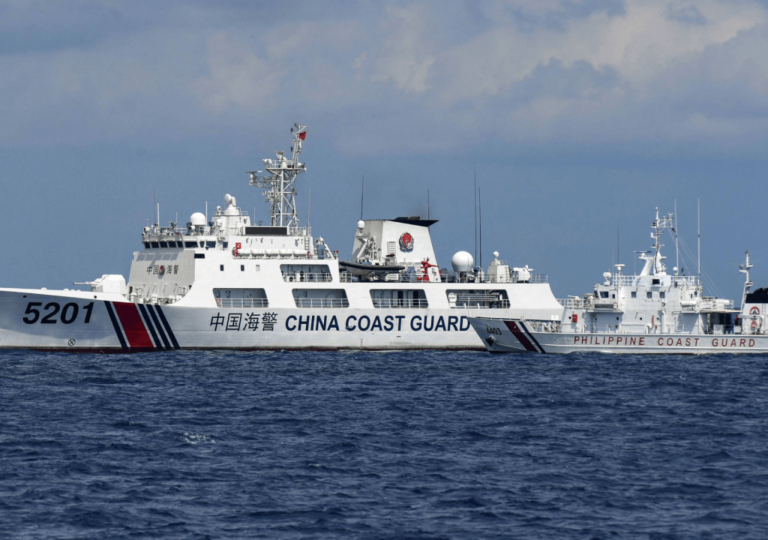
Tensions escalate as China's coast guard clashes with Philippines' vessel, highlighting power dynamics in South China Sea. Diplomatic resolution sought.

Tensions escalate in the Philippines as Duterte and Marcos Jr. clash, risking civil unrest and regional instability amid constitutional disputes.
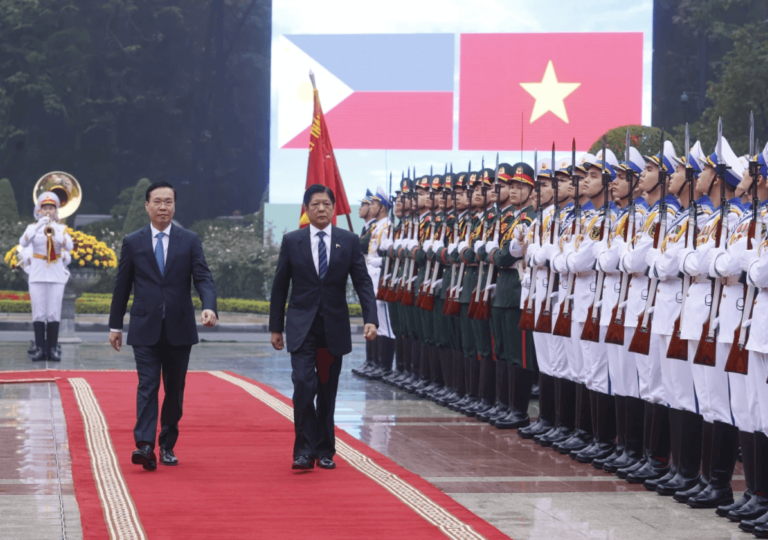
President Marcos Jr. aims to strengthen maritime collaboration with Vietnam, emphasizing peace and stability. Bilateral ties, extending from trade to diplomacy, seek a strategic partnership amid geopolitical complexities.